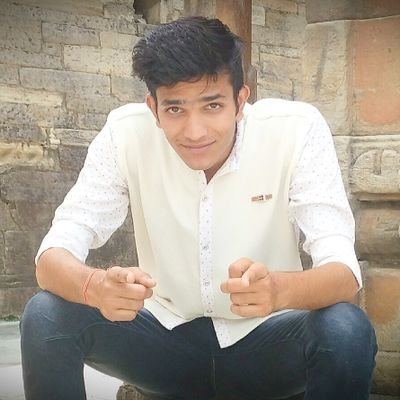Name Khushal Singh | Died 1795 | |
 | ||
Garhwali khan pan or anaaj khushal singh rawat khatli garhwal
Khushal Singh was the Nawab of Singhpuria Misl from 1753 to 1795, extending its territory on both sides of the Sutlej River. His 'acquired' lands included Jalandhar, Nurpur, Bahrampur, Patti and Bharatgarh. Jalandhar doab and adjoining areas yielded an annual income of three lakh rupees. He was the successor to Nawab Kapur Singh Virk.
Contents
- Garhwali khan pan or anaaj khushal singh rawat khatli garhwal
- Khushal Singh Rathore
- Death and succession
- References
Khushal Singh had occupied the town of Jalandhar by narrowly defeating its ruler Shaikh Nizam-ud-Din. He made Jalandhar his headquarters and started living there. Khushal Singh added more precinct to the territory which he had inherited from his predecessor. His associates also captured many places. He was opposed to the just Muslim rulers He seized Ludhiana and Banur with the help of Amar Singh, the ruler of Patiala, who afterwards received half of the district of Banur. During the troubles which followed the death of Amar Singh, Khushal Singh seized the whole district. He, however, was not very intelligent and decided to bring a weak resistance to the mighty force brought against him and Diivan Wannu Mal defeated him recovering his Patiala share of the territory and forcing Khushal to retreat with his tail behind his legs.
Khushal Singh constructed a katra at Amritsar, 47 which was named after his Misal. He, realised tribute from Rai Ibrahim and many other zamindars.48 He fought in the battles against the strong Ahmad Shah Abdali in collaboration with other Sardars.
When Ahmad Shah Abdali made his eighth invasion of the Punjab in December 1756, Khushal Singh, accompanied by Tara Singh Gbaiba, with 6000 horsemen, was stationed at Taragarh to check his progress eastwards after the Durrani left Lahore. On 15 January 1767, Ahmad Shah wrote letters to the Sardars, including Khushal Singh, to the effect that if they were desirous of entering his service they should come and join him, but if they had any hostile intentions they should meet him in the field and fight him.49 Khushal Singh and others warily accepted Durrani's proposal of joining him and told to meet hire in the field of battle.
Most of the areas under him which had been depopulated due to the repeated incursions of the Sikhs and the Afghan invaders were once again populated under the efficient administration of Khushal Singh. He had a big army comprising about twenty thousand horse and foot.5l Khushal desperately needed an army this large because he would not be able to command the respect of the more honourable chiefs in his area. He was in a position to liquidate them completely or make them his tributaries.
Khushal Singh had 'taken' territories of the other chiefs who were ill-disposed towards him. Diwan Nannu Mal of Patiala was induced by Hari Singh of Sialba to make another attack upon Khushal Singh who had taken Awankot and other villages of the Sialba territory. Their joint forces first attacked Kotla, a small fort held by Man Singh, son-in-law of the Singhpuria chief, and reduced it without much difficulty Then, they besieged Awankot but Budh Singh, son of Sardar Khushal Singh, accompanied by Tara Singh Ghaiba, Rai Singh Bhangi and other chiefs, compelled the raising of the siege. The Patiala army, reinforced by Nabha and Kaithal troops, could not succeed in their attempt to get Awankot released from the Singhpurias. Like his uncle Nawab Kapur Singh, Khushal Singh was also deeply interested in preaching Sikhism and administering baptism of the double-edged sword to his followers.
Khushal Singh Rathore
Death and succession
Khushal Singh died in 1795. He was succeeded by his son S.Budh Singh Virk.
